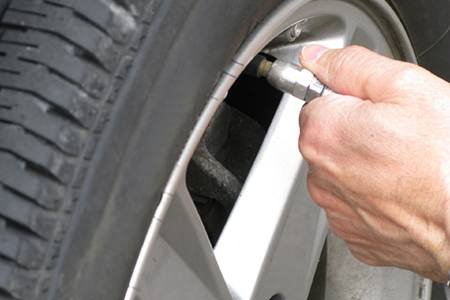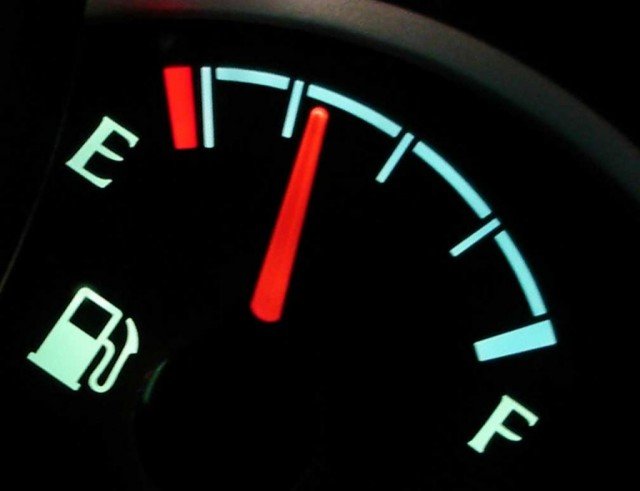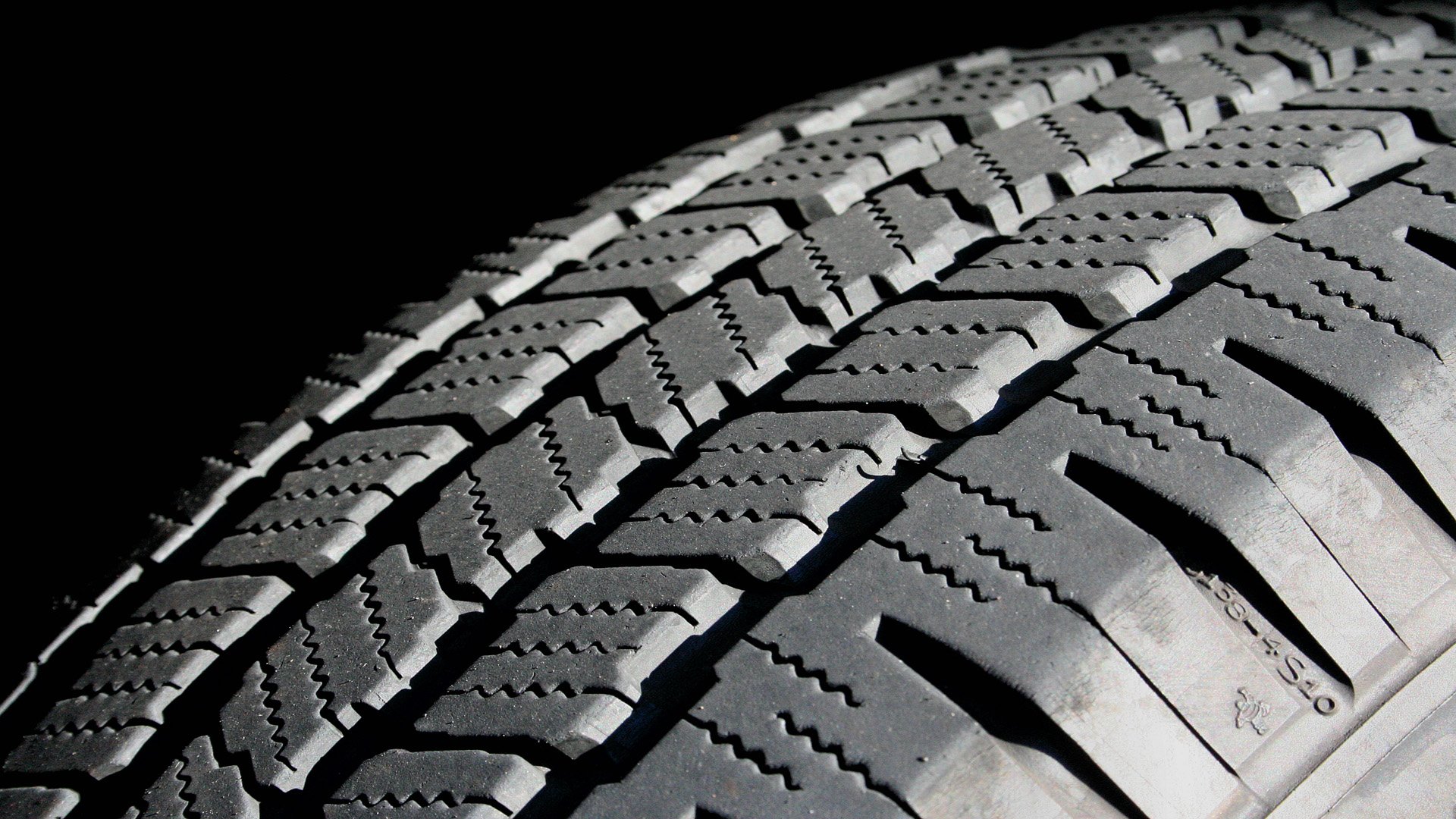
Everything from leaks to outside air temperature can lower the pressure in your tires over time. In fact, for every 10-degree drop in temperature, the air in your tires decreases by one PSI (pound per square inch). So, it is important that every car owner frequently check their tires—about once a month—because low tire pressure has some interesting effects on your vehicle that can be both dangerous and costly.

A national study found that most people keep their tires at about 80% of the recommended pressure. Taking this fact into account, and the average miles driven per year—about 12,000—the average person spends over $500 more a year on gasoline than they would if they kept their tires inflated properly. A tire pressure of only six PSI under the recommended amount could reduce your total fuel economy by up to five percent. Properly inflated tires not only increase your gas mileage overall, but they provide for better vehicle performance and handling.
Tires that are underinflated take longer to stop, especially on wet pavement. Many experts believe that the major cause of SUV rollovers is underinflated tires. Low tires will skid more readily on both ice and wet pavements, but they also will skid further on dry pavements.
With lowered fuel economy obviously comes more emissions, as you’ll end up having to fill up more often with your gas mileage decreased. Also, since underinflated tires take more energy to get the car in full motion, more exhaust fumes are created in the process.

Low tires can reduce your tire tread life by up to 25 percent. Having to replace the tires on your car more often creates additional expense in your family budget and results in more rubber tires to dispose in landfills.
In the worst case scenario, low tire pressure can lead to complete failure of your tires. Too much contact with the surface of the road increases friction, and this heat can cause tread separation, blown tires, and likely, a bad accident as a result.
An underinflated tire is fortunately a problem that can often be quickly remedied with just a tire pump. When refilling your tires, consult the recommended PSI for their specific size on the outside of your tires. Stay as close to this limit as possible without going too high. Overinflated tires are just as problematic as underinflated ones.